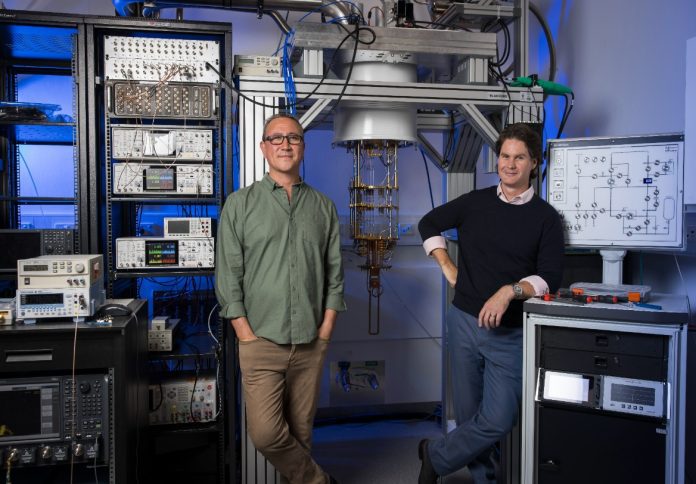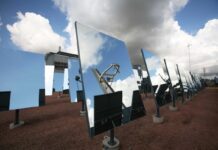
A pioneering research and development company, Emergence Quantum, has been launched by a University of Sydney team of quantum physicists with a long-standing collaboration with Microsoft Quantum.
The new firm aims to deliver the “missing link” in quantum technology by operating as a specialised, commercially agile R&D provider.
Led by Professor David Reilly and Dr Thomas Ohki, the 20-member team brings together deep scientific expertise with commercial application, developed over nearly a decade working with Microsoft’s quantum program.
Emergence Quantum is positioning itself as a highly targeted problem-solver for quantum technology companies and initiatives globally, including its participation in DARPA’s new quantum benchmark program in partnership with Australian start-up Diraq.
“Emergence Quantum will fill that gap – an R&D company that can leverage the deep science of the university sector but operate in the commercial world to deliver agile technological solutions for real-world companies,” said Professor Reilly, a researcher at the University of Sydney Nano Institute.
“It’s not an accident that we are setting up in Australia, which has been a world leader in quantum tech for more than two decades.”
Emergence Quantum is focused not only on building across multiple quantum computing platforms but also on advancing technologies that intersect with AI, datacentres and energy-efficient classical computing.
According to Dr Ohki, the team functions as a “special ops” group, offering deep tech expertise to tackle non-trivial challenges in the rapidly evolving quantum ecosystem.
“We aren’t a consultancy, but we don’t deliver ‘off-the-shelf’ solutions either,” Dr Ohki said. “Critically, we aren’t competitors of the quantum computing companies—we are their enablers.”
Rather than pursuing venture capital at this early stage, the company is supported through a customer-first approach and strong backing from the University of Sydney.
This includes long-term institutional support and infrastructure such as the $150 million Sydney Nanoscience Hub, which Professor Reilly credits as instrumental in making the launch of Emergence Quantum possible.
The University has played a significant role in nurturing quantum innovation for over 20 years. Professor Mark Scott, Vice-Chancellor and President of the University of Sydney, said the establishment of Emergence Quantum marks a major milestone in the institution’s commercialisation journey.
“The University is proud of our long-term investment in quantum science that is now delivering at the commercial level,” Professor Scott said.
“This team is a true global leader in quantum technology and we are thrilled that the University will continue to be an integral part in the next phase of their incredible journey.”
Chancellor David Thodey, who has previously served as CEO of Telstra and Chair of CSIRO, has also been a strong advocate for the University’s quantum program.
“Being able to bridge the gap between deep technology at the university level and commercial solutions is often talked about but rarely delivered,” he said.
“It’s very exciting to see Emergence Quantum arrive at a time and place that can provide these solutions for the quantum sector.”
The new company will remain “qubit agnostic,” with its systems designed to support various physical qubit platforms, including spins, photonics, ions, and superconductors.
This adaptability, Professor Reilly said, is critical as the industry’s focus shifts toward the “connective tissue” required to make quantum computing functional at scale.
“Most of the focus to date in quantum has been on this or that qubit,” he said. “Almost all future innovation will be in the middle layers between the qubit and the application end-product. That’s where we come in.”
Following Microsoft’s consolidation of its quantum research in the United States, the Sydney-based team opted to stay in Australia, leveraging their experience and cohesion to launch a company suited to the next phase of quantum development.

















